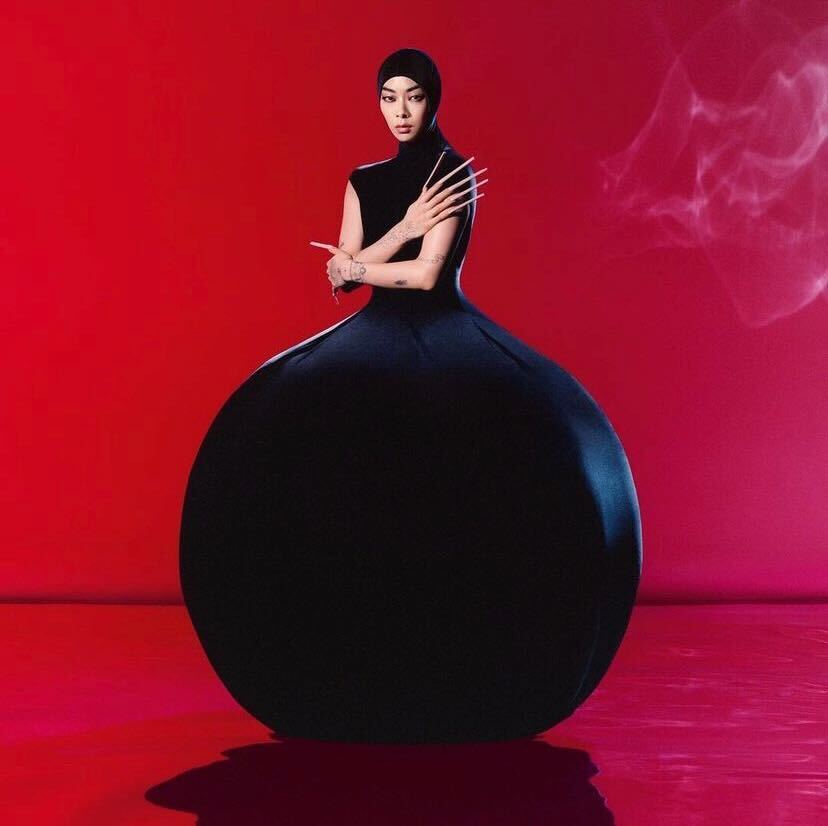Rina Sawayama bends genres, breaks hearts and lifts spirits in sophomore album about identity, childhood and trauma
September 19, 2022
Coming off her luxurious debut album “SAWAYAMA,” popstar Rina Sawayama left no room to question her critical acclaim with her sophomore album, “Hold The Girl,” released on Sept. 16.
Baptized in country influences and raised to walk in pop, punk-rock and power ballads, Sawayama’s “Hold The Girl” explores the artist’s identity and childhood. Despite referencing new genres in this project, Sawayama remains true to her atmospheric musicality, introspective lyricism and signature hauntingly beautiful voice.
Beginning the album with “Minor Feelings,” Sawayama takes inspiration from Cathy Park Hong’s collection of essays of the same name. Within Hong’s “Minor Feelings,” she defines a collective feeling Asian Americans hold toward racial microaggressions. Despite being born in Japan and raised in England, Sawayama relates to Hong’s exploration of the Asian American experience in a reclamation ballad, setting the tone for an LP of self-reflection and therapy.
Following “Minor Feelings” comes “Hold The Girl.” From Sawayama’s rich vocal performance to the song’s classic dance-pop production, the title track feels strongly referential to an early-2010s Lady Gaga hit. Laced with a catchy chorus, along with a choral breakdown during the three-minute mark, “Hold The Girl” is an anthem calling for listeners to protect their inner child.
While “This Hell” offers refreshingly straightforward pop-culture critique with lyrics like “Posing for the paparazzi / F*ck what they did to Britney, to Lady Di and Whitney,” the track falls short compared to the other songs’ nuanced sounds and lyrics.
Tracks five through nine shine among the rest of the 13-song collection. The quintet offers a range of sounds, including a coming-of-age ballad in “Forgiveness,” a revelatory dance track with “Holy (Til You Let Me Go)” and an experimental rock song with “Your Age.”
In “Imagining,” Sawayama calls upon the hyper-pop gods to create organized chaos while simultaneously using crowded production to comment on mental health —- it just works. “Frankenstein” reanimates Sawayama’s true-to-pop influences in a monster mash of eerie vocals and invigorating drums so good, it’s scary. The song critiques the exploitative nature of relying on others for emotional stability.
The album signs off with “Phantom” and “To Be Alive,” two ballad-driven tracks that reinforce the project’s dedication to Sawayama’s younger self. Recalling her past in “Phantom” with a mournful, cautionary cry for the young girl she used to be, Sawayama concludes the album with rejoicing, basking in the sun as she steps into her own, finally knowing what it feels like “To Be Alive.”
Although not as experimental as previous works, Sawayama once again succeeds with “Hold The Girl,” reentering the music scene with a rejuvenating, truly genre-less project. “Hold The Girl” proves Sawayama’s ability to reinvent herself with each new release while staying true to what makes her a star.
4 flame red carpet moments out of 5.









